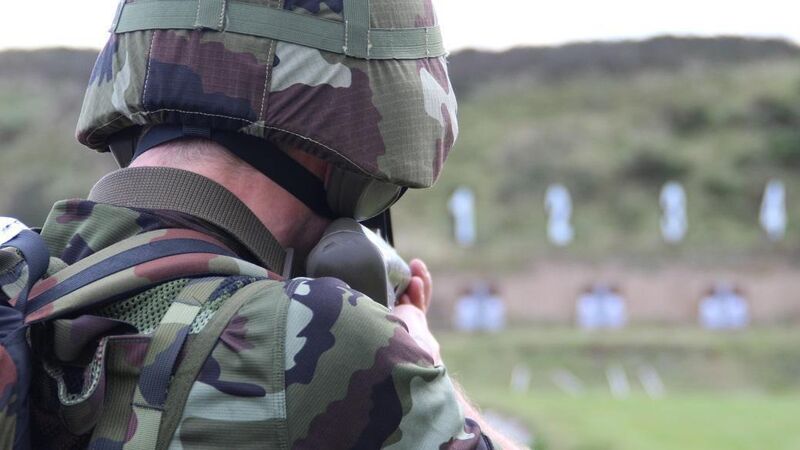Rise in defence funding 'must be maintained' for Ireland's security and reputation

The current strength of the Defence Forces, as of July 31, is 7,540, some 2,400 personnel short of the establishment figure of 9,739. File photo
Funding increases for the Defence Forces (DF) must be sustained to transform the armed services and strengthen Ireland’s role as a “trusted security partner and responsible neighbour,” according to a new strategy published by the Department of Defence (DoD) and the DF.
The joint Strategy Statement 2025-2028 notes that Ireland’s geographic location and political history do not shield it from the “new reality” of an increasingly volatile international security environment, which is driving a push within Europe for a greater focus on defence and security.
The strategy was signed by DoD secretary general Jacqui McCrum and Lieutenant General Rossa Mulcahy, DF chief of staff.
It highlights the importance of consistent funding, with €1.35bn allocated for 2025—about €1bn for defence spending and the remainder for army pensions. Under the revised National Development Plan, capital funding of €1.7bn is promised between 2026 and 2030.
“Defence funding increases must be maintained as a critical and crucial enabler for the transformation of the DF and the reinforcement of Ireland’s role as a trusted security partner and responsible neighbour,” it said.
The Government has opted for the second and third levels of ambition (LOA) outlined by the Commission on the Defence Forces (CoDF) in February 2022. This involves raising the defence budget from €1.1bn in 2022 to €1.5bn (in 2022 prices) by 2028.
As of July 31, DF strength stood at 7,540 — 2,400 below the establishment figure of 9,739. LOA2 envisages a strength of 11,200 by 2028, but the strategy does not detail how or when this will be achieved.
In a foreword, Tánaiste and Defence Minister Simon Harris said the funding will allow for the “substantial transformation and investment in recruitment and equipment” that the DF requires.
The strategy comes as the DoD and DF engage in talks with UK authorities and the European Defence Agency (EDA) on expanding military cooperation and investing in defence infrastructure.
An EDA report earlier this month showed that the average EU defence spend was 1.6% of GDP, while Ireland ranked last at 0.2%.
Using gross national income (GNI) — a more accurate measure that excludes multinational profits routed through Ireland for tax purposes—Ireland’s defence spend rises to 0.4% of GNI, matching Malta at the bottom of the EU table.
The strategy also refers to a “multiplicity of plans” already developed, while noting several new strategies underway.
The Department of Defence is due to publish Ireland’s first National Maritime Security Strategy by year-end and the Critical Entities Resilience Strategy by March 2026. It is also preparing a Capability Development Programme and a Naval Service Regeneration Plan.
The department has also contributed to Ireland’s first National Security Strategy, a long-delayed document promised since 2021 and now expected by the end of 2025.













